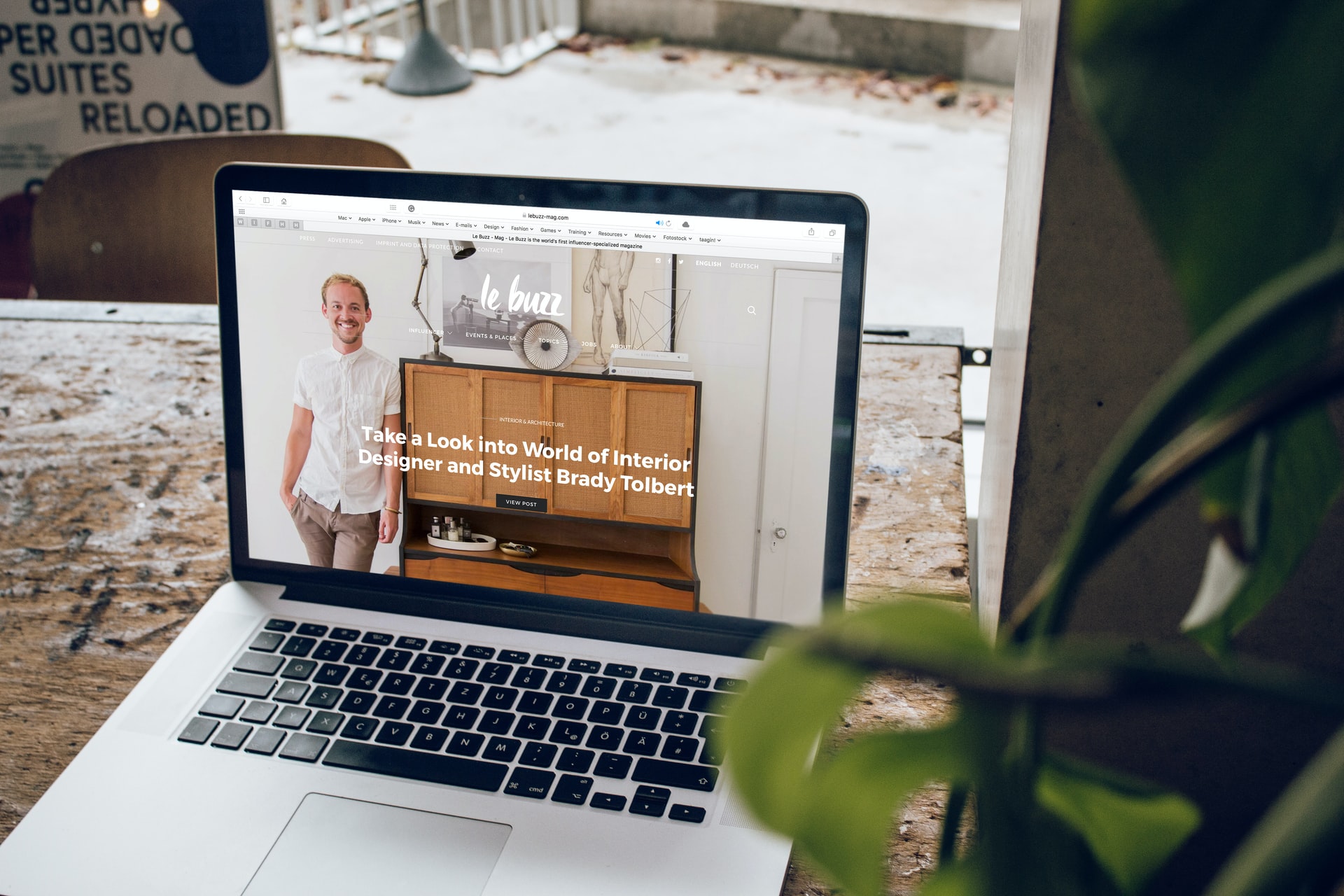Being your own boss comes with an unbeatable feeling of independence. Few fields accommodate startup and work-from-home businesses as well as the world of web design, so starting a web design business is a natural step in the direction of that independence.
Because it is such an attractive field, it is also oversaturated. The internet is littered with the corpses of failed web design businesses. A new one needs to distinguish itself quickly to succeed.
This means you need to learn how to start a web design business before you dive in headfirst to starting it. Fortunately, we’ve got you covered in this department.
What follows is our guide to starting a successful web design business. Follow these seven steps, and you’ll be on your way to building a stable client base and finding the freedom that comes with being your own boss in the world of web design.
check out more Web Design Businesses click HERE.
How to Start a Web Design Business in 7 Simple Steps
We’re going to take you through this process from the ground up. Some of these steps apply to the creation of any business, but because the web design field is so cutthroat, it’s important to pay close attention to all of the building blocks.
Take a look to beef up your own business-building process.
1. Decide on Your Target Market
It’s tempting to try to scale your business too quickly by accommodating as many clients as possible. This is a good way to fool yourself into thinking you’ve struck gold, but it’s not a recipe for long-term success.
Rather than trying to please every possible client all the time, it’s better to take stock of your strengths and the target a customer base that fits them.
- Are you particularly skilled at back-end functions like e-commerce? You may want to design sites for retailers.
- Is splashy visual design your forte? In that case, individuals, strong brands, and companies that traffic in culture might be great clients for you.
Whichever route you decide to follow, you can always expand as you get a better handle on how to translate your services for different types of clients. But you’ll never learn how to do that until you master your niche first.
Check out:
| 5 Tips for Designing the Best Car Wrap |
| Cool Dust Transparent Textures for Your Images |
| Add Character to Your Designs with the Sidewalk Texture Effects |
2. Draft Your Business Plan
Knowing the customers you want to serve is a great first step in the creation of your business plan. The image of this ideal customer can guide you as you reflect on the questions that will guide you in writing your business plan.
Ask yourself these questions to write a business plan that is thorough and authentic to you:
- What exactly is my product or service? Getting this down to as few sentences or words as possible will be extremely helpful.
- How is my product different from that of my competitors?
- What help will my customers derive from this product?
- What is the market rate for my services, and what will I charge?
- How will I charge for my services, and how will I process payment?
- What are my financial goals for this business? Be as specific as possible.
- How much work will I have to do to achieve my financial goals?
- What tangible assets do I have to start?
- What are some obstacles I might face, and how can I overcome them?
3. Gather the Resources You Need
These resources fall under the aforementioned category of “tangible assets.” Anything you don’t already have you should acquire as soon as possible. This doesn’t just mean capital.
- Your computer counts as a resource, especially as a web designer.
- You should also make a list of all the hardware and software you’ll need.
- You may need machines will special processing power or unique capabilities, like digital drawing pads.
Your list of software should also include business software. You need to keep track of your finances, and a good record-keeping program will go a long way in helping you do that.
If you don’t have the funds to gather every resource yet, you can explore lending options like business loans, secured credit cards, or guaranteed payday loans.
4. Build Your Ideal Team
This may just be you. It depends on what kind of business you want to build.
Are you looking to become the most effective freelancer you can be, or do you want to become a titan in the field of web design?
If you’re leaning toward the latter, you’ll want talented designers for sure, but you’ll also need people to handle the support jobs that may not titillate you.
This includes accountants and a marketing team, depending on where your interests and strengths lie.
5. Build Your Own Website and Portfolio
This should be one of the most fun parts of the process, assuming you’re already a web designer. If you’re not, you may want to review the principles of web design before you begin.
Your potential clients will judge you by your website and portfolio, so perfect it before you go live with it. If you get this part of the process right, your work will generate itself.
6. Draft Your Marketing Plan
You know your ideal customer, but where do you find them? How can you attract them once you have found them?
Your marketing plan is a chance to build your brand in a way that’s authentic to you and your future clients. You should create materials that reflect your values while demonstrating the value you’ll provide to customers.
7. Plug into a Network
Starting a business is always easier with support. Just because the field of web design is a crowded one doesn’t mean it has to be cutthroat. Be quick to learn from your competitors, and think broadly about the types of businesses with which you can collaborate.
If your target market is retailers, look at professional associations in your area. If you’re a particularly local business, get out into your community. These are the people who will sustain your business once you have started it.
Conclusion
While there are general guidelines for how to start a web design business, the creation of your business should reflect your personality, your strengths, and your interests. Your business should be as unique as you are.
We hope you have more of a handle on how to create that unique business now. If you need scaffolding to help you in the design of your early websites, check out our free website templates.
Check out our website for more content like this.



